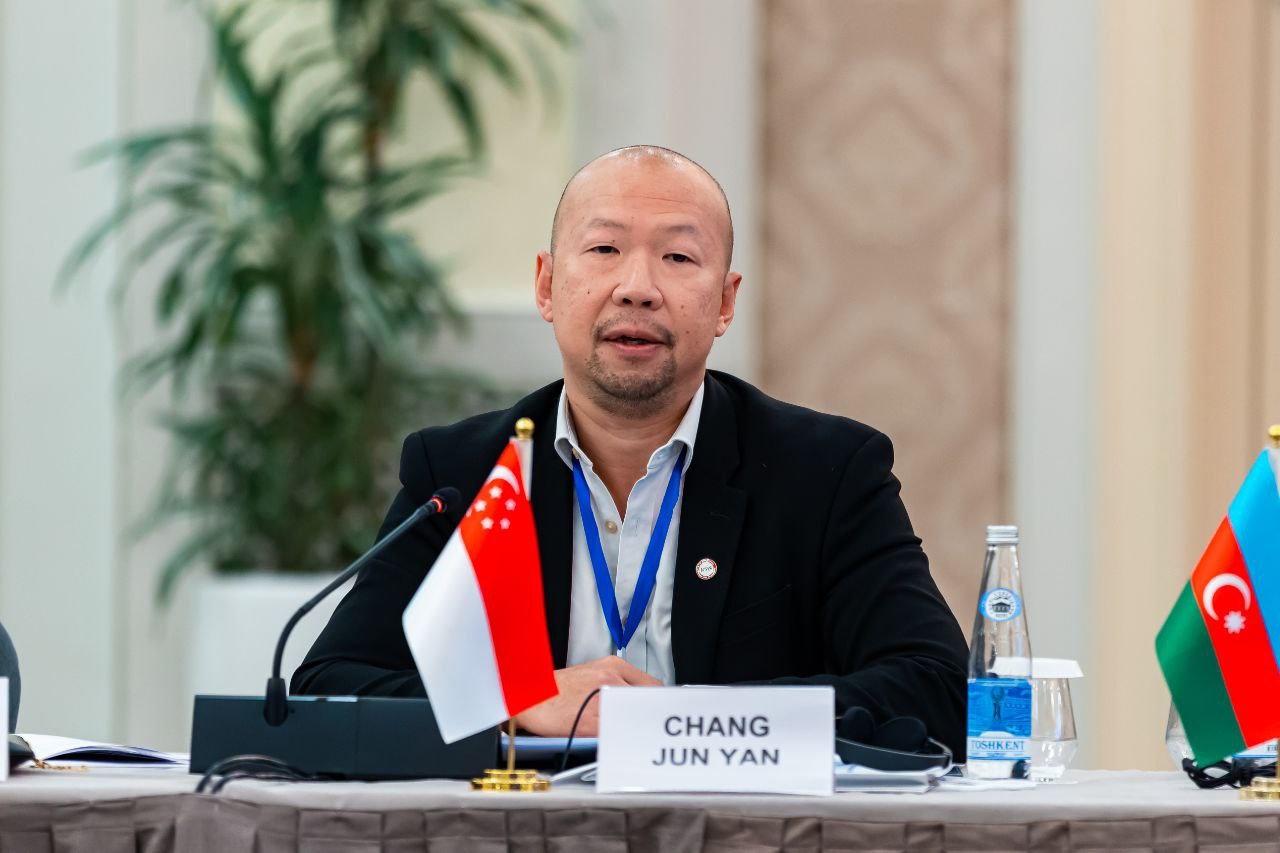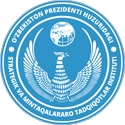Chang Jun Yan urges not to copy external integration models mechanically, but to follow one’s own path

Speaking at the scientific-practical conference on regional identity, held on August 15 within the framework of the Central Asian Expert Forum (CAEF) in Tashkent, Dr. Chang Jun Yan, Head of Military Studies Programme at the S. Rajaratnam School of International Studies, placed particular emphasis on the model of regionalism within the Association of Southeast Asian Nations (ASEAN).
The expert stated that every region has, and should have, its own experience of regionalism. As an example, he cited ASEAN, which also developed its integration model through long and systematic efforts.
“This organization was initially established to maintain regional stability and order. Although ASEAN’s declared goals were economic, social, and cultural, the very essence of the association was directed at preventing conflicts and avoiding interference in the internal affairs of other states”, the specialist noted.
A distinctive feature of the development of regionalism within ASEAN was the creation of unique principles. These include decision-making based on consensus, non-interference in the internal affairs of other states, the exclusion of confrontation, and the non-use of force.
Moreover, the professor noted that “although the organization was intended to promote security, it was never meant to replace the sovereignty of its member states. Nevertheless, it took ten years to organize a high-level meeting”.
“ASEAN was established in 1967, and it was only in 1976 that negotiations among the heads of member states took place. For ten years, only foreign ministers held meetings. Moreover, in 1967, it was challenging to draft a joint ASEAN communiqué”, the analyst reported.
He added that the free trade area agreement was signed in 1992, nearly 20 years after the establishment of the Association. “Even today, almost 60 years later, it is difficult to say that ASEAN is a security community. Although a security community was proclaimed in 2015, it is not truly such, as it lacks a genuine identity that transcends the level of the Association’s member states”, Mr. Chang Jun Yan stated.
In his view, ASEAN functions as a single entity since no wars have occurred among its members since its foundation. However, it has not yet fully become a security community. This is because a genuine security community requires comprehensive trust. Within ASEAN, there exists strategic trust, which is linked to predictability and reliability, but moral trust, meaning confidence in the goodwill of others, has not yet developed.
Taking the above into account, the expert is convinced that there are no ready-made recipes or models of regionalism. Each region has its specific features and patterns of development.
In this regard, Central Asia should rely on its own experience of regionalism. For this, the region has all the necessary prerequisites: a shared history, culture, geography, traditions, and customs.
Overall, the expert emphasized that the formation of strong regionalism is a long process. In this context, it is essential not to copy external models of integration mechanically, but to follow one’s own path based on the realities of the region. This will contribute to maintaining regional order and building a strong Central Asia.
The CAEF was organized by ISRS in partnership with the UN Regional Centre for Preventive Diplomacy for Central Asia, as well as the EU, OSCE, and the Konrad Adenauer Foundation offices in Uzbekistan. Representatives of strategic institutions, research centers, and academic circles from the countries of the region attended the forum. For the first time, the expert dialogue within the framework of the CAEF included leading experts from the EU, ASEAN, the Nordic Council, as well as researchers from Russia, the United States, the United Kingdom, Germany, Switzerland, Azerbaijan, and other countries.
Previous

On 19 August, during the High-Level Meeting in Tashkent between Uzbekistan, Azerbaijan, and European partners on the theme “Cooperation for Common Development,” Susan Elliott, Director General of the U.S. National Committee on Foreign Policy, shared her assessment of the reforms being implemented in Uzbekistan.
20.08.2025





